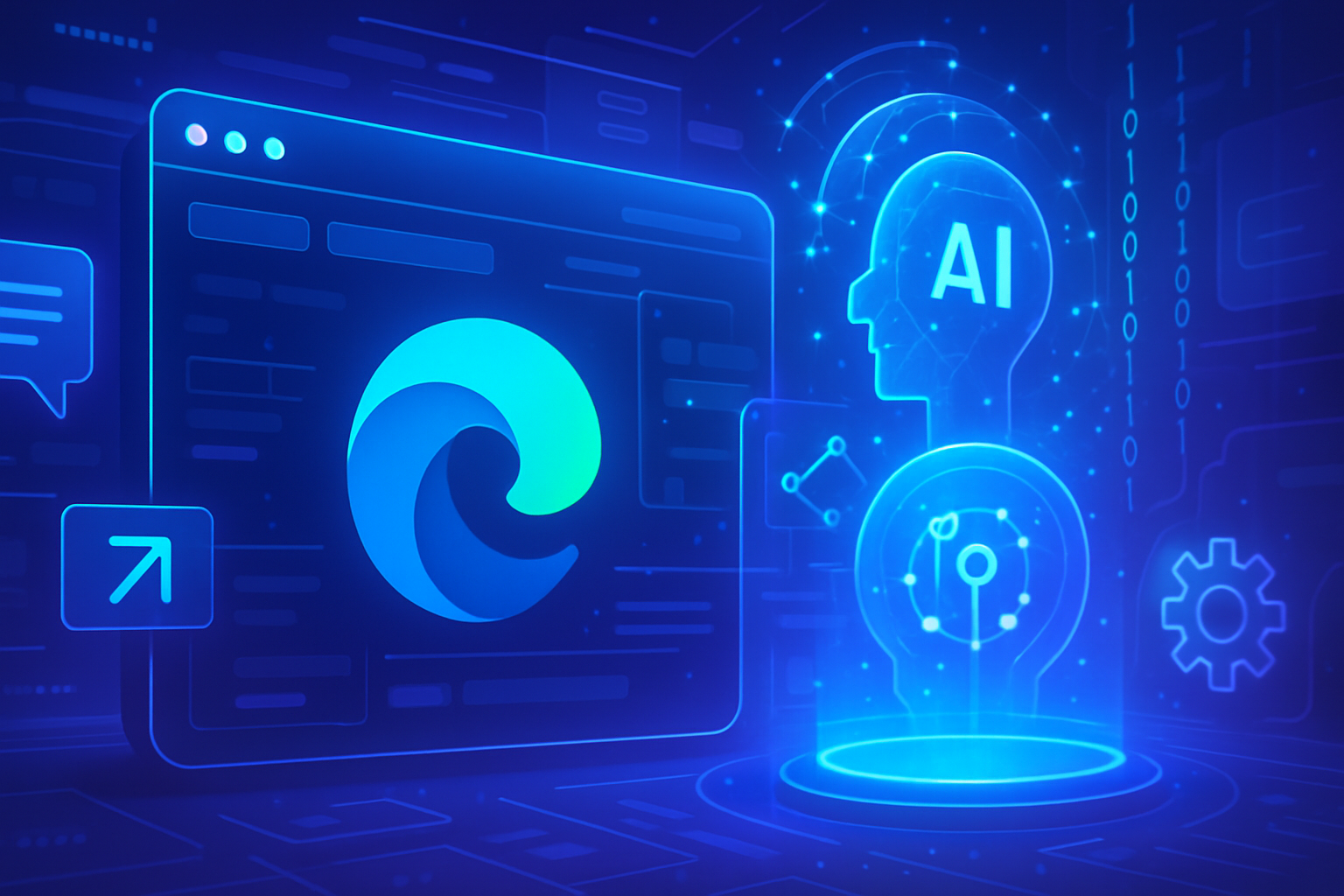The quest for quality materials requires unmatched precision. Checking the properties of materials represents a major challenge in many industries. A new artificial intelligence tool, based on advanced algorithms, is revolutionizing this complex process.
An unprecedented efficiency in performance validation is emerging, promising to significantly reduce development times. This tool allows for meticulous analysis without the need for expensive and cumbersome instruments.
Technological innovation in action optimizes productivity and quality, thereby transforming the manufacturing landscape. An innovative approach capable of handling verifications quickly and economically emerges thanks to this significant advance. This change addresses one of the most pressing challenges of modern industry.
The revolution of industrial health thanks to SpectroGen
The sectors of batteries, electronics, and pharmaceuticals benefit from a significant advancement thanks to a new artificial intelligence tool named SpectroGen. Developed by engineers at MIT, this tool meets the need to verify material quality more quickly and at a lower cost.
A solution for a crucial issue
Validating material quality traditionally requires expensive and complex instruments. This lengthy and costly process delays the development of innovative technologies. SpectroGen provides an answer to this challenge by simplifying and accelerating the usual verification processes.
How SpectroGen works
SpectroGen acts like a virtual spectrometer. It produces spectral data in less than a minute, offering unparalleled speed compared to traditional methods, which can take several hours or even days. This result is achieved by receiving measurements of a material in one modality, such as infrared, to generate its spectra in a completely different modality, for example, X-rays.
Promising results
Tests conducted with SpectroGen show that the generated results match 99% of the data obtained by physical instruments. The ability of this tool to produce reliable information would greatly enhance productivity and quality control procedures.
Cost and effort reduction
Using SpectroGen would allow production lines to rely on a single infrared camera to monitor material quality. The infrared beams would scan the materials, generating the required data in real-time. This method offers a cost-effective alternative to often expensive X-ray laboratories.
Potential applications and the future of SpectroGen
The applications of this technology are not limited to industrial materials. Work is underway to adapt the tool to fields such as medical diagnostics. Funding for a project by Google demonstrates its potential impact across various sectors, from healthcare to sustainable agriculture.
A strong interest in the industry
In the industry, issues related to material quality, particularly in the manufacturing of semiconductors and battery technologies, are paramount. By integrating SpectroGen into processes, companies can streamline their supply chains without sacrificing the rigor of controls.
Mathematics and AI: A winning combination
The mathematical interpretation of spectral data has allowed the team of researchers to create an innovative algorithm. Unlike the traditional method, which required a complex understanding of atomic bonds, this approach focuses on the mathematics behind the spectra, thus opening new avenues for research.
This synergy between mathematics and artificial intelligence makes SpectroGen not only precise but also adaptable. Researchers aim to develop this tool so that its use extends to various sectors, specifically addressing users’ needs.
Research continues with a strong interest in adapting this tool to revolutionary materials and integrating it into high-tech components. Source
Many other innovations are under discussion, illustrating the growing dynamics between AI and materials science. The potential benefits are such that they could transform manufacturing practices on a global scale.
For a deeper analysis of AI capabilities in the search for new materials, see this article.
Frequently asked questions about material quality verification and AI
What is the main function of the SpectroGen tool developed by MIT?
The SpectroGen tool acts as a virtual spectrometer capable of generating spectral data in different modes of analysis from measurements in a single modality, such as infrared.
How does SpectroGen improve material quality verification?
It reduces the need to use multiple expensive and complex instruments by quickly and accurately generating different spectra from a single measurement.
What is the speed of spectrum generation with SpectroGen?
SpectroGen can generate spectra in less than a minute, which is about a thousand times faster than traditional methods that can take hours to days.
What are the practical applications of SpectroGen in industry?
It can be used in various sectors, including battery manufacturing, semiconductors, and other materials, improving quality control while reducing costs and time required.
How can the tool be customized for different sectors?
Researchers plan to adapt SpectroGen to the specific needs of several industries based on the types of materials and processes required for quality verification.
What is the level of accuracy of the data generated by SpectroGen?
The results generated by SpectroGen correspond to 99% of the results obtained by physical instruments, ensuring high reliability.
Can other fields, such as medical diagnostics, benefit from SpectroGen?
Yes, researchers are also exploring the use of SpectroGen for medical diagnostic applications and agricultural monitoring, representing a vast range of possibilities.
What types of spectral data can be generated by SpectroGen?
It can generate different types of spectral data, including those from infrared, X-rays, and Raman spectra, allowing for comprehensive material analysis.






